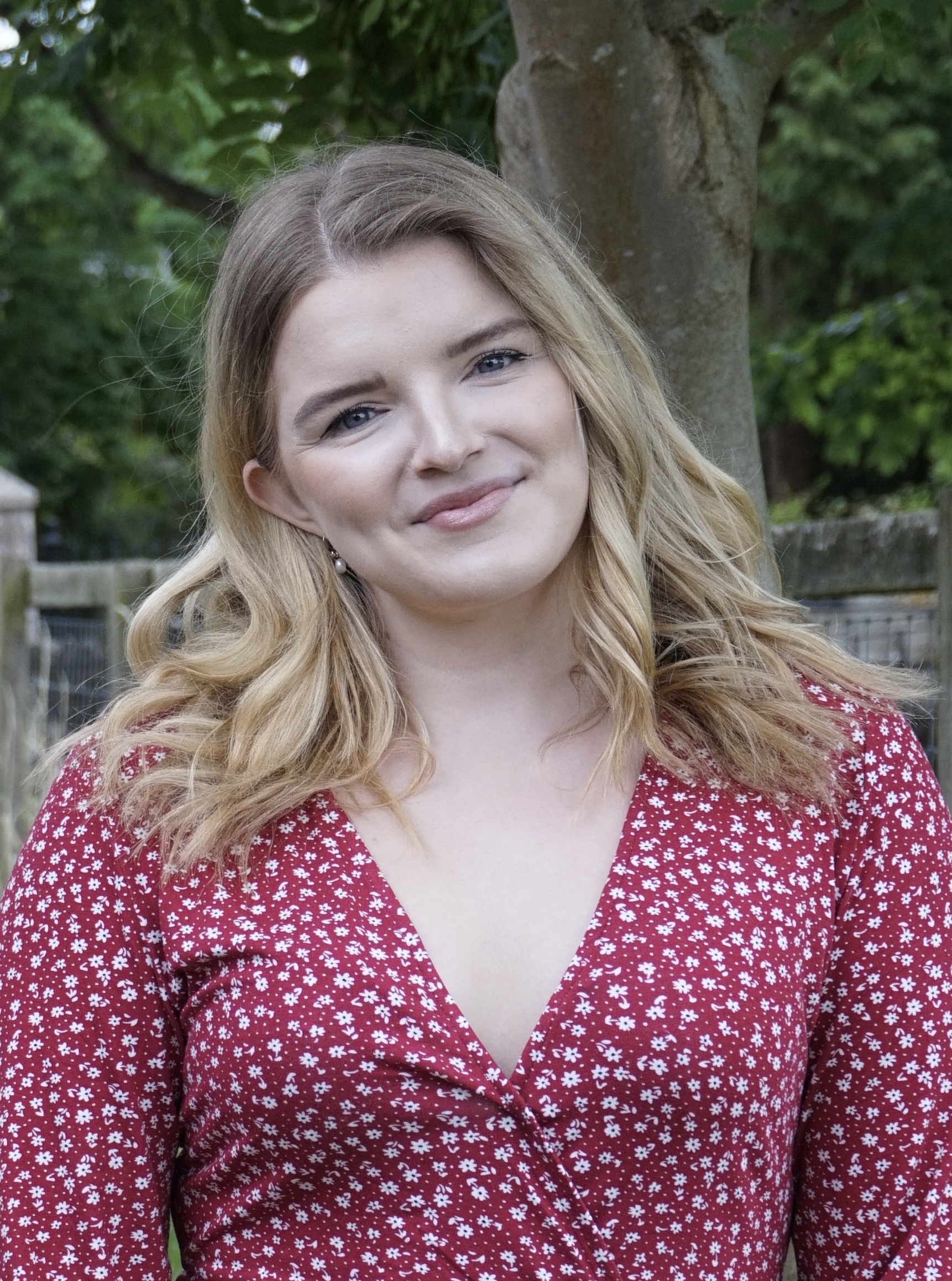3 Body Problem explained: Everything you need to know about the mind-boggling new Netflix series
Netflix's latest hit TV show is blowing people's minds (ours included)


3 Body Problem is the latest series to take Netflix by storm. Based on Liu Cixin’s best-selling novel of the same name, the eight-episode show follows ‘The Oxford Five’, a group of scientists who try to save the world from an impending catastrophe.
From the Game of Thrones creators David Benioff and D.B. Weiss, this series blends real scientific theories and fantasy as it spans time and continents to explore how one woman’s decision in the 1960’s alters space and time.
It starts with Ye Wenjie, an astrophysicist who sees her father beaten to death in the Chinese Cultural Revolution. After this life-changing event she is forced to join the military due to her scientific skills, and ends up being at the forefront of interactions with extraterrestrial life. She decides to respond to an alien planet’s transmission, which triggers a series of events that threatens all of humanity.
If you're more in to the best British crime dramas, 3 Body Problem might not be for you. But if all the hype is making you want to give it a shot, thankfully the scientific advisor for the hit series, Dr Matt Kenzie has explained some of the complicated principles behind the show so viewers can understand the science and the real three body problem in simple terms.
What actually is the Three-Body Problem?
The real version of the Three-Body Problem can be explained in relation to Isaac Newton’s theory about gravity. Traditionally, there are two objects – the earth and the sun – that have a gravitational pull on each other, and one rotates the other. But when a third entity enters into that field, it is no longer stable.
“As soon as you have three bodies or more that are all exerting a force on each other at the same time that system breaks down,” Dr. Kenzie told Tudum. “If you have three bodies or more, the orbit becomes chaotic.”
In the series, viewers witness this fluctuation on San-Ti’s planet that has three suns and rotates between being chaotic and stable. It only becomes chaotic when more than one sun is orbiting the planet – then the conditions change and it can become uninhabitable for people to live there. Still with us?
Sign up to our free daily email for the latest royal and entertainment news, interesting opinion, expert advice on styling and beauty trends, and no-nonsense guides to the health and wellness questions you want answered.
Can the Three-Body Problem be solved?
The Three-Body Problem has been researched for decades by scientists, similar to the elite team that work to create order in the series. But to date, there are no known solutions to the three body problems, which Dr Kenzie confirms.
How much of Netflix’s 3 Body Problem is fictional?
When fiction is blended with science, it sometimes becomes difficult to distinguish what elements of the story are real and what’s made up, unless you have a background in astrophysics.
A considerable amount of the show is based on the principles of the three body problem and the idea of a three-body solar or stellar system are plausible, but the show is, at its core, a story.
None of the events within the series or the chaos and destruction it depicts have been witnessed anywhere in history, nor has there been a planet on-record with the complex chaotic system seen in 3 Body Problem.
The science in the show feels realistic as it’s grounded in truth. There are particle detectors, known as Cherenkov tanks and particle accelerators. The virtual reality headsets seen in the series that transport Jin and Jack in Episode 3 to a different time, are more advanced than any that exist in real life.
Instead of simply playing the game, Andrew Stanton, director of episode three, told Netflix: “You can feel it, you can smell it, you can touch it, you can taste it.” It’s more immersive than any VR that has been invented on Earth.
The full series of 3 Body Problem is now available to stream on Netflix.
Jess Bacon is a freelance journalist, blogger and former editor with over six years of writing experience. As a screenwriter and journalist, Jess is keen to tell her own and other people’s stories through words, photos and film. She’s passionate about discussing young people's mental health, grief and feminism in life and how it's portrayed in the media, film and literature. Alongside her by-lines at renowned publications, Jess regularly speaks at charity events and festival panels about loss, mental health and Marvel. Along with her love of writing, Jess is an avid reader, spin enthusiast and dog-lover.
